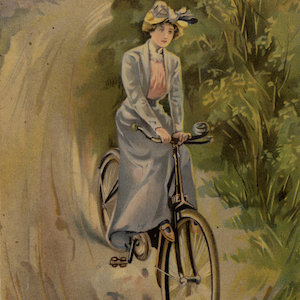Politics
The Massacre of the Champ de Mars [Parade ground], in the Révolutions de Paris
On 15 July 1791, the Jacobins held a demonstration on the Champ de Mars in Paris to gain signatures for their petition.
October Days: Deposition of a Marcher
The commission investigating the October Days took testimony from twenty–five women who had participated, including Marie–Rose Barré, a twenty–year old unmarried lace–worker, whose testimony is excerpted below.
October Days: An Alternate View
A Revolutionary activist named Fournier, known as "the American" because he had been born in the French colony of Guadeloupe, here recalls his own role as a National Guardsman in the October Days as being more important than that of the market women.
Stanislaus Maillard Describes the Women’s March
Stanislas Maillard, a National Guardsman and "veteran" of the taking of the Bastille, here testifies at a police court, on the events of 5–6 October. Notice that he ultimately supports the activism of the market women.
October Days: The Warning from the People
In response to the news that royal soldiers had desecrated a symbol of national rejuvenation, the revolutionary cockade, Marat published in his newspaper, The Friend of the People, the following letter calling for all patriotic citizens to take up arms since the royal soldiers had shown themselve

Canadian Women's History
There is also a great deal of material on the foundation of female education and on the women’s suffrage movement.
Emory Women Writers Resource Project
The subjects covered are diverse and include commentaries on such topics as nature, native-white relations, emancipation, imperialism, social and sexual mores, wet nursing, Christianity, and women’s suffrage.
New York Public Library Digital Collections
The NYPL Digital Collection provides access to over 755,000 images digitized from primary sources and printed rarities, including illuminated manuscripts, vintage posters, illustrated books, and printed ephemera.Royalists Desecrate the Revolutionary Cockade (3 October 1789)
Military officers in several regiments of the royal army favored a military strike to dispel the National Assembly, but by the fall of 1789 they saw clearly that this order would not be given.
Victims on Display
Meaningless violence was precisely how the Duchess of Gontaut viewed the events of July 14th, especially the murder of the military governor of the Bastille and of the mayor of Paris, whose heads were placed on pikes and paraded around the city.